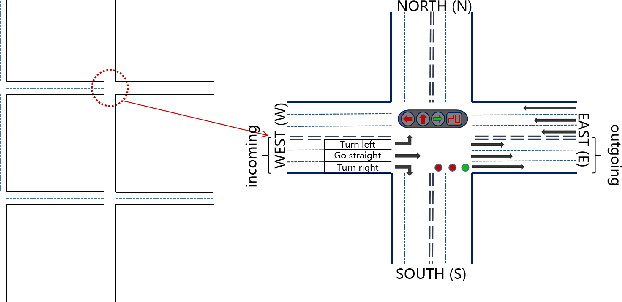Xiaorong Hu
OWL: A Large Language Model for IT Operations
Sep 17, 2023



Abstract:With the rapid development of IT operations, it has become increasingly crucial to efficiently manage and analyze large volumes of data for practical applications. The techniques of Natural Language Processing (NLP) have shown remarkable capabilities for various tasks, including named entity recognition, machine translation and dialogue systems. Recently, Large Language Models (LLMs) have achieved significant improvements across various NLP downstream tasks. However, there is a lack of specialized LLMs for IT operations. In this paper, we introduce the OWL, a large language model trained on our collected OWL-Instruct dataset with a wide range of IT-related information, where the mixture-of-adapter strategy is proposed to improve the parameter-efficient tuning across different domains or tasks. Furthermore, we evaluate the performance of our OWL on the OWL-Bench established by us and open IT-related benchmarks. OWL demonstrates superior performance results on IT tasks, which outperforms existing models by significant margins. Moreover, we hope that the findings of our work will provide more insights to revolutionize the techniques of IT operations with specialized LLMs.
A Traffic Light Dynamic Control Algorithm with Deep Reinforcement Learning Based on GNN Prediction
Sep 29, 2020



Abstract:Today's intelligent traffic light control system is based on the current road traffic conditions for traffic regulation. However, these approaches cannot exploit the future traffic information in advance. In this paper, we propose GPlight, a deep reinforcement learning (DRL) algorithm integrated with graph neural network (GNN) , to relieve the traffic congestion for multi-intersection intelligent traffic control system. In GPlight, the graph neural network (GNN) is first used to predict the future short-term traffic flow at the intersections. Then, the results of traffic flow prediction are used in traffic light control, and the agent combines the predicted results with the observed current traffic conditions to dynamically control the phase and duration of the traffic lights at the intersection. Experiments on both synthetic and two real-world data-sets of Hangzhou and New-York verify the effectiveness and rationality of the GPlight algorithm.
PDLight: A Deep Reinforcement Learning Traffic Light Control Algorithm with Pressure and Dynamic Light Duration
Sep 29, 2020



Abstract:Existing ineffective and inflexible traffic light control at urban intersections can often lead to congestion in traffic flows and cause numerous problems, such as long delay and waste of energy. How to find the optimal signal timing strategy is a significant challenge in urban traffic management. In this paper, we propose PDlight, a deep reinforcement learning (DRL) traffic light control algorithm with a novel reward as PRCOL (Pressure with Remaining Capacity of Outgoing Lane). Serving as an improvement over the pressure used in traffic control algorithms, PRCOL considers not only the number of vehicles on the incoming lane but also the remaining capacity of the outgoing lane. Simulation results using both synthetic and real-world data-sets show that the proposed PDlight yields lower average travel time compared with several state-of-the-art algorithms, PressLight and Colight, under both fixed and dynamic green light duration.
 Add to Chrome
Add to Chrome Add to Firefox
Add to Firefox Add to Edge
Add to Edge